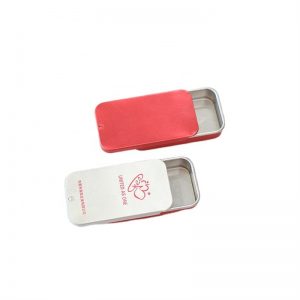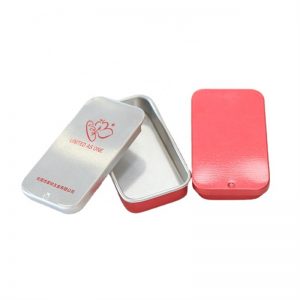Tinplate printing has special requirements for ink:
Requirements for white ink
The surface of the tinplate is silvery white (or yellow) with metallic luster. Before printing the color graphics, the surface needs to be painted or printed white. Due to the limitation of the ink coverage, the monochrome machine often needs to be printed twice, and its whiteness Up to 75%. Whiteness is an important indicator of the quality of tinplate printing products. The white ink is required to have a good bonding force with the primer, and it will not yellow after repeated high-temperature baking, and will not fade after high-temperature steaming. Prime the tinplate to increase the adhesion to the tinplate and have a good adhesion to the white ink. Commonly used primers are epoxy amine-based, with light color, no yellowing, no aging after repeated baking, and good flexibility and impact resistance.
Requirements for color ink
In addition to a certain degree of water resistance, tinplate printing color inks also need special requirements. Since the surface of tinplate does not penetrate water and solvents, it needs to be baked and dried, so the ink should be heat curing type. High requirements for pigments’ tinting strength and durability. In addition to the basic properties of general offset printing inks, iron printing inks should also have heat resistance, strong ink film adhesion, impact resistance, good hardness, cooking resistance and light resistance according to the characteristics of iron printing.


















